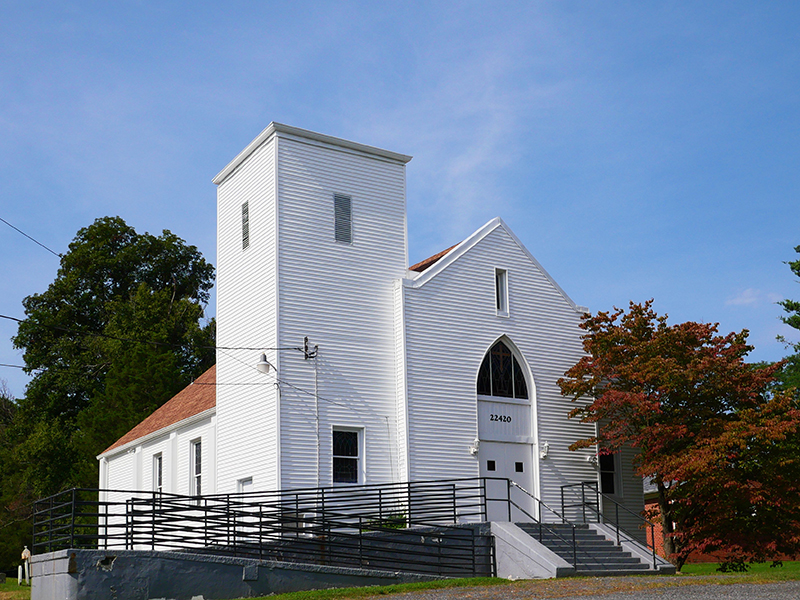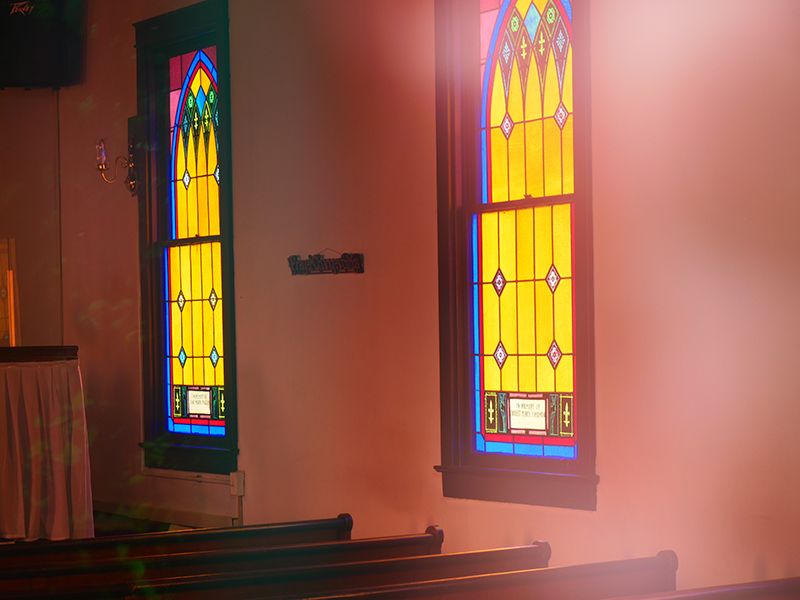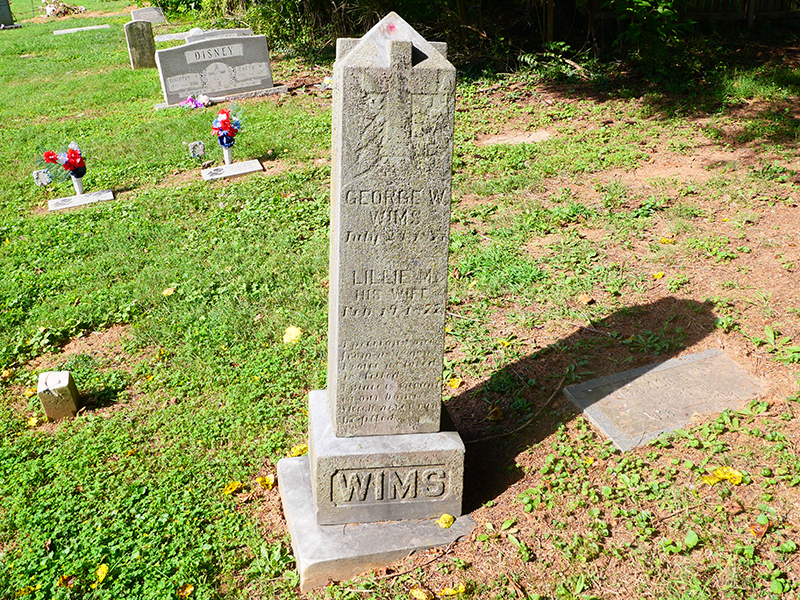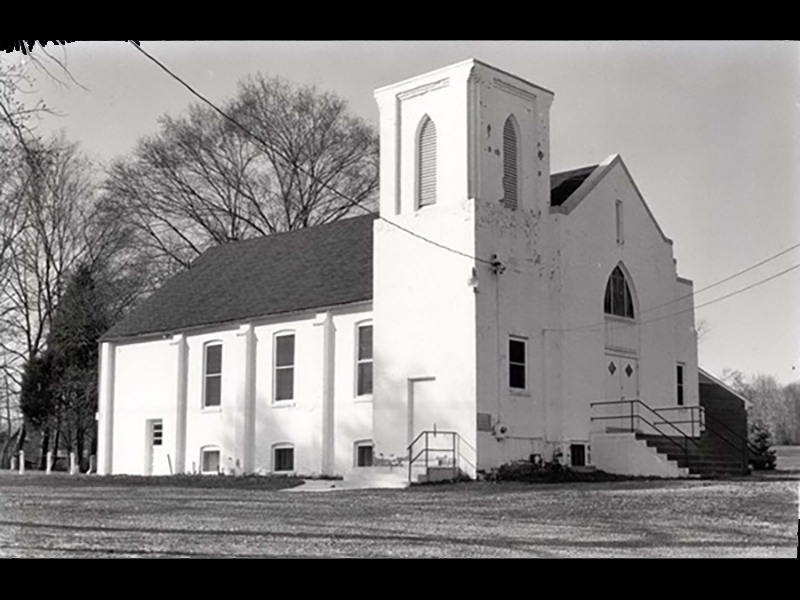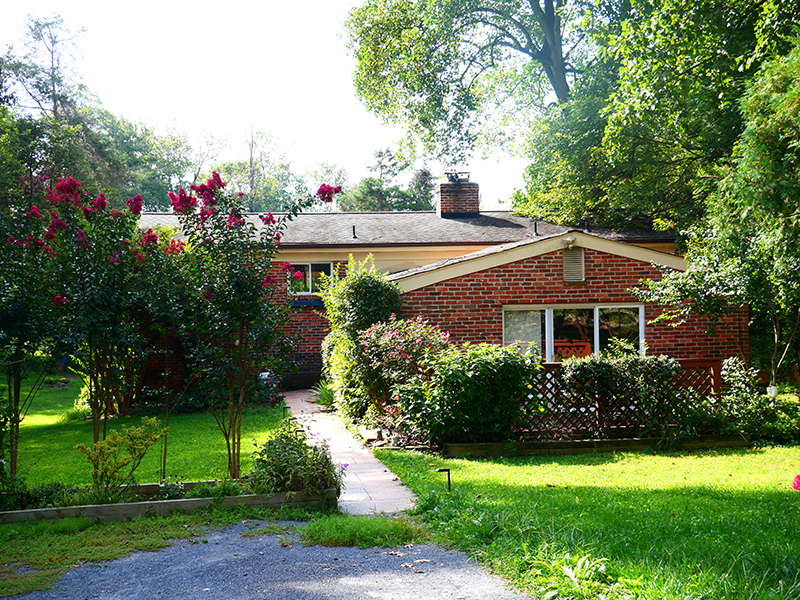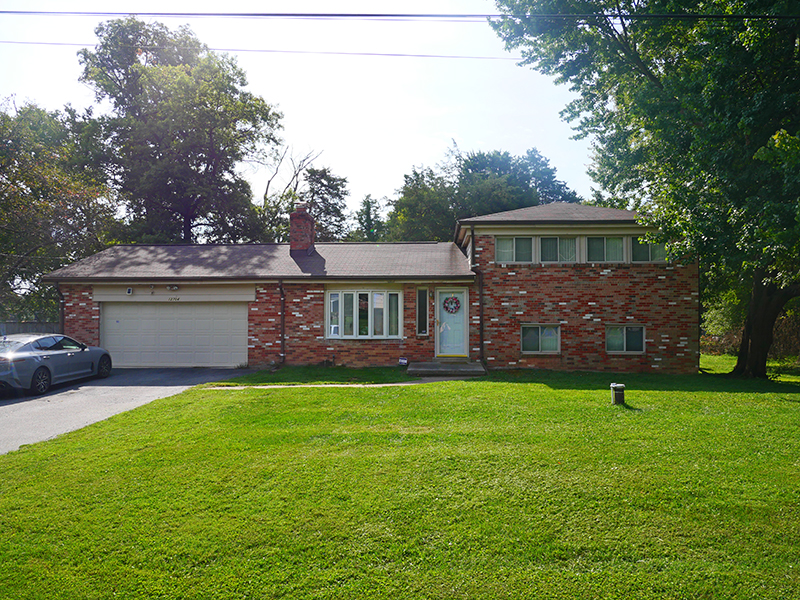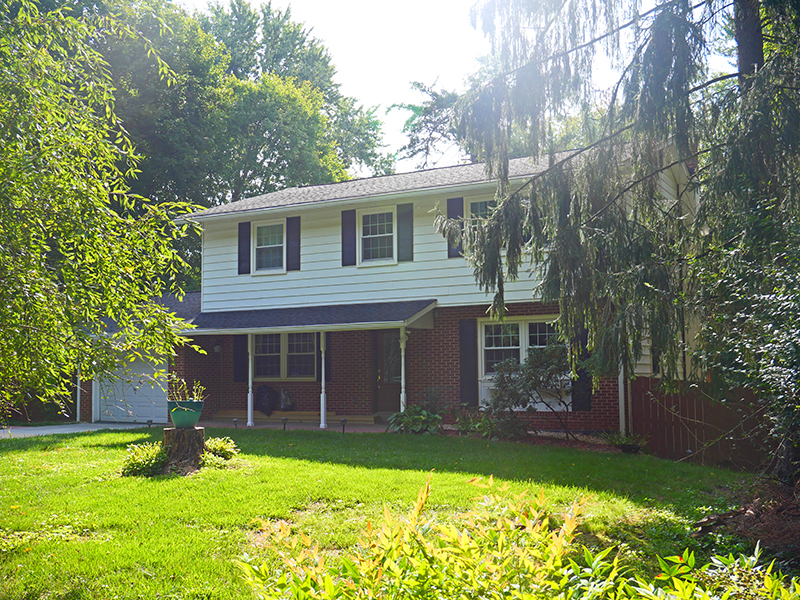Nestled just off Frederick Road, half a mile from downtown Clarksburg, sits Rocky Hill, one of Montgomery County’s earliest African American communities. Established toward the end of the 19th century, the Rocky Hill neighborhood grew as Black families rented and bought land in and around Clarksburg and built a church and school. As part of the Clarksburg Gateway Sector Plan, Montgomery Planning is proposing to designate a site and district to the Master Plan for Historic Preservation: The Community of Faith United Methodist Church and Cemetery and the Clarksburg Heights subdivision founded and built by Wilson and Sarah Wims.
Community of Faith United Methodist Church: A Pillar of Strength
Formerly known as the Pleasant View Methodist Episcopal Church and the John Wesley Methodist Episcopal Church of Clarksburg, Maryland, the Community of Faith United Methodist Church has stood as a beacon for the Rocky Hill community since the late 19th century. After acquiring the property in 1886, the congregation established the burial ground and built a wood-frame church by 1894. After the original church burned in 1924, the congregation enlisted the expertise of Charles W. Spurgeon Graves and Charles Green, two highly skilled African American builders from Washington, DC, to build a high-styled place of worship in a rural setting.
Beyond its role in religious activities, the church served as a vital hub for leadership, activism, education, and social engagement for African American residents, including the Wims, Gibbs, Snowden, Gregg, Harper, and Johnson families.
The Wims Family: Pioneers of Opportunity
Generations of the Wims family owned property in Clarksburg, beginning with Benjamin F. Wims in 1886 and followed by Warner and Margaret Wims in 1891. In the 1940s, Warner and Margaret’s grandson F. Wilson and his wife, Sarah L. Wims, built a home for themselves on Frederick Road. Together they ran a construction company where Wilson, who was a master carpenter, builder, and brick mason, led construction efforts, and Sarah managed the office.
The couple were community leaders and activists in Clarksburg, and known for their abundant generosity. In 1951, when a snowstorm marooned several school buses in Clarksburg, they sheltered and fed 30 children stranded overnight because of high winds, snow, ice, and freezing temperatures. Wilson Wims was involved in various organizations, such as the Clarksburg Community Association, Montgomery County Recreation Board, and the Montgomery County Community Action Board. He also served on an advisory committee to Montgomery County Public Schools to expand and improve bus service for children whose lack of transit options left them struggling to attend school. Passionate about athletics, Wilson and his father championed integration through youth sports, emphasizing the importance of sports in easing racial tensions and fostering an inclusive community.
Clarksburg Heights: A Vision Realized
In 1963, Wilson and Sarah Wims developed a five-house subdivision named Clarksburg Heights. In Montgomery County, African Americans faced widespread and pervasive discrimination that limited housing opportunities. The neighborhood offered modern, middle-class home-buying opportunities to Black professionals seeking a home in the suburbs. The Wims family sold several homes to educators, allowing them to live closer to their workplaces. At the time, the NAACP estimated that more than 90% of Montgomery County’s African American educators lived outside the county because of a lack of housing choices. Among the subdivision’s residents were Katie R. Harper, Mary E. Johnson, and Edith J. Gregg, who collectively contributed more than 100 years of service to county schools. James R. Gregg challenged discriminatory practices at a Montgomery County country club. In 1976, his successful claim before the County’s Human Relations Commission expanded opportunities for African American residents.
Preserving a Legacy
Clarksburg Heights exemplifies the power of community, opportunity, and advocacy. It is a physical representation of African American entrepreneurship and marks a generation of local activism by Rocky Hill residents, who contributed lifetimes of service to the Clarksburg and Montgomery County communities. Montgomery County has recognized the Wims family’s significance in its naming of public schools and athletic fields and including Wilson Wims in the county’s Human Rights Hall of Fame. However, no resource on the Master Plan for Historic Preservation represents the couple’s many accomplishments. This designation would correct that omission.
Many Rocky Hill and Clarksburg Heights community leaders, including the Mason, Foreman, and Wims families, are buried in the Community of Faith United Methodist Church Cemetery. The church has provided connection, shelter, support, and education in the Rocky Hill community for almost a century. Along with the Clarksburg Heights subdivision, these places serve as links to the past, preserving the legacy of the African American community in Clarksburg.

About the author
Serena Bolliger is a cultural resource specialist in Montgomery Planning’s Historic Preservation Office with expertise in hands-on restoration, energy-efficient historic preservation, and researching holes in the historic record. Serena has master’s degrees in museum studies, historic preservation, and urban planning. Prior to joining Montgomery Planning, she worked with historic and cultural resources for Arlington County, Virginia.
